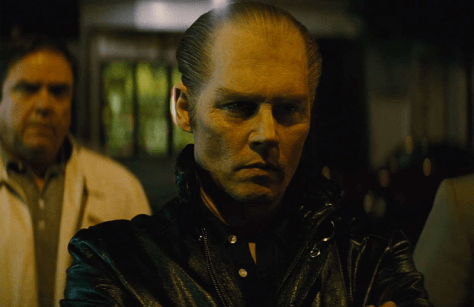
Format: Dual Format (DVD + Blu-ray)
Release date: 9 November 2015
Distributor: Arrow Video
Director: Leonard Kastle
Writer: Leonard Kastle
Cast: Shirley Stoler, Tony Lo Bianco, Mary Jane Higby, Doris Roberts
USA 1969
108 mins
Leonard Kastle’s brutal, gritty take on the ‘Lonely Hearts Killers’ is a masterwork of ugly desperation.
A lonely and bitter nurse, Martha (Shirley Stoler) lives alone with her unstable mother in Mobile, Alabama. She is friendless, apart from her conspiratorial neighbour, Bunny (Doris Roberts), who makes less-than-subtle comments about her weight, especially as Martha gorges on a bag of pretzels after a tortuous day at the hospital. So Bunny mischievously signs her up to a lonely hearts club, and sets in motion a chain of events, described in The Honeymoon Killers’s title card, as ‘…incredibly shocking… perhaps the most bizarre episode in the annals of American crime’. Based on the true story of the ‘Lonely Hearts Killers’, Martha Beck and Ray Fernandez, the only film ever made by Leonard Kastle (who was actually a composer) is a gripping, original crime drama, a low-budget cult classic.
When Martha receives her first letter from Ray (Tony Lo Bianco), the audience is given a glimpse at his game – he writes her from a desk full of framed photographs of other women. Ray is a con man who seduces then fleeces desperate women, going so far as marriage (one woman pays Ray to marry her to disguise a pregnancy – the myth that sex before marriage is clearly a sin with severe consequences runs through the film like a joke). Martha, at first, is no different than his other marks – but somehow she clings on to him, becoming a part of his scheme, masquerading as a sister who never leaves his side, even when they travel to meet his various women. Although Martha wants in on the cash, she’s far from a willing accomplice. She’s jealous, possessive and insistent that Frank never touch the others, even going so far as to sleep in the same bedroom as the other lonely hearts; it’s his violation of Martha’s rules that eventually leads to murder.
Shot in stark black and white – often gleamingly bright, in contrast to the usual noir aesthetic linked to such torrid stories – it’s a documentary-style film, but laced through with dark, erotically charged undertones, captured by the cinematographer Oliver Wood in some terrific moments. In a scene when Ray first comes to visit Martha, celebrated with a sad little party, the camera films him from behind as he dances in front of her, his hips at her eye level, as he sways suggestively to the sounds of tropical music – for Martha, he’s irresistible. Though the film is rarely explicit, sex is at its beating heart; after the first, explicit killing, Ray strips off all his clothes, the camera again following him from behind as he enters Martha’s bedroom, linking the pleasures of violence with sex.
Shirley Stoler perfectly captures Martha’s unhappiness and desperation. She’s an ugly person, shrill, irrational and brutal. Lo Bianco’s Ray is the perfect (if stereotypical) Latin lover; his is perhaps the more nuanced performance of the two. In fact, the film is peopled with unpleasant characters, hinting at an ugly world full of sad, pathetic people (this cynicism is compounded when the killers bury two religious icons alongside one of their victims). It’s only Ray’s final lonely heart who is kind, attractive and caring – and too much for Martha, who’d rather she and Frank were in jail than see him sleep with another woman – which is, of course, the final outcome of their killing spree. Martha and Ray were executed in Sing Sing in 1951.
Sarah Cronin
Watch the Arrow Video Story for The Honeymoon Killers:



